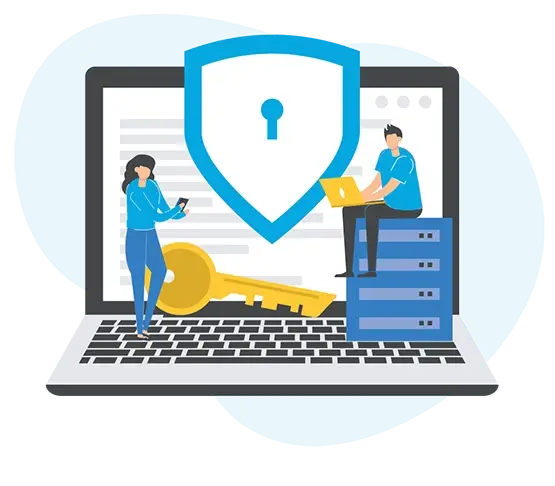Cybersecurity is a critical aspect of our digital world, encompassing measures and practices aimed at protecting networks, systems, and data from cyber threats. With the increasing reliance on technology in all aspects of life, cybersecurity has become more important than ever. It involves various strategies such as encryption, access control, and threat detection to safeguard against unauthorized access, data breaches, and other malicious activities. Cybersecurity professionals work tirelessly to stay ahead of cybercriminals, continuously monitoring and responding to evolving threats. As cyber attacks continue to grow in frequency and sophistication, ensuring robust cybersecurity measures is essential to safeguarding sensitive information, preserving privacy, and maintaining the integrity of digital infrastructure. Collaboration between individuals, organizations, and governments is crucial in the ongoing effort to strengthen cybersecurity defenses and mitigate cyber risks in an increasingly interconnected world.

Key aspects of website security
Website security is essential for protecting the integrity, confidentiality, and availability of online assets. It involves implementing measures to prevent unauthorized access, data breaches, and other cyber threats that could compromise the safety of the website and its users.
SSL/TLS Encryption
Using Secure Sockets Layer (SSL) or Transport Layer Security (TLS) encryption protocols to secure data transmission between the website and users' browsers, preventing interception and tampering of sensitive information.
Strong Authentication
Implementing robust authentication mechanisms such as multi-factor authentication (MFA) to verify the identities of users and prevent unauthorized access to sensitive areas of the website.
Regular Software Updates
Keeping website software, including content management systems (CMS), plugins, and themes, up to date with the latest security patches and fixes to address known vulnerabilities and protect against exploitation.
Web Application Firewalls (WAF)
Deploying WAF solutions to monitor and filter incoming web traffic, blocking malicious requests and protecting against common web application attacks such as SQL injection and cross-site scripting (XSS).
Malware Scanning and Removal
Conducting regular malware scans to detect and remove any malicious code or malware infections that may have compromised the website, ensuring its integrity and preventing harm to users.
Secure Password Practices
Enforcing strong password policies and encouraging users to use unique, complex passwords to access the website, reducing the risk of unauthorized account access through brute-force attacks or password guessing.
Security Audits and Monitoring
Performing regular security audits and monitoring website activity for signs of suspicious behavior or unauthorized access, enabling timely detection and response to potential security incidents.
Backup and Recovery
Implementing regular backups of website data and files to ensure that critical information can be restored in the event of a security breach, data loss, or website downtime.
User Education and Awareness
Educating website users about security best practices, such as avoiding clicking on suspicious links or downloading files from unknown sources, to help prevent social engineering attacks and phishing scams.
Compliance with Security Standards
Ensuring compliance with industry-specific security standards and regulations, such as the Payment Card Industry Data Security Standard (PCI DSS) or the General Data Protection Regulation (GDPR), to protect user privacy and sensitive data.
Website security
Website security is a critical aspect of maintaining the integrity, confidentiality, and availability of online assets. In an era where cyber threats are prevalent, ensuring the security of your website is paramount. Website security encompasses various measures and practices aimed at protecting against unauthorized access, data breaches, malware infections, and other cyber attacks. Implementing robust security measures such as HTTPS encryption, regular software updates, strong authentication mechanisms, web application firewalls, and malware scanning can help safeguard your website against potential threats. Additionally, conducting security audits, vulnerability assessments, and penetration testing can help identify and address any weaknesses in your website's security posture. By prioritizing website security, businesses can protect their reputation, maintain customer trust, and mitigate the risk of costly security incidents.

